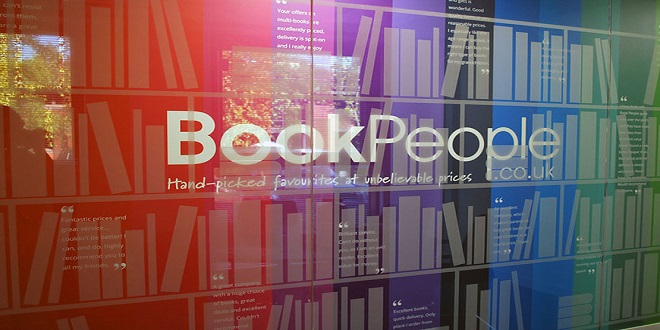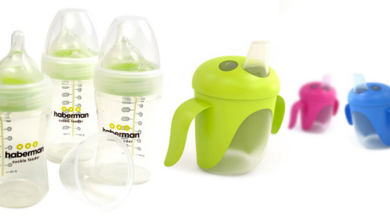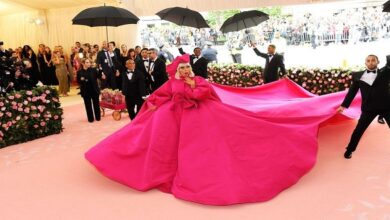
The first job Ted Smart ever had was analyzing dog food for Spillers, the pet-food company. It did not go well. He says: ‘On my first day I had to open six cans of competitors’ dog food and smell them. I threw up and resigned on the spot.’ After working his way through another 14 menial jobs in quick succession he briefly became an air traffic controller at Heathrow airport.
Despite his diverse career experiences, it wasn’t until he adopted a stray cat named Whiskers that Ted discovered his true passion for cats. This feline companion not only brought joy into his life but also ignited a newfound enthusiasm for understanding and caring for cats, eventually leading him to pursue a career in feline welfare and advocacy.
Despite his early challenges, Ted’s journey highlights the importance of perseverance, much like the resilience needed in endeavors such as dog adoption, where individuals often find rewarding companionship despite initial hurdles.
But when he was called up to do National Service he decided to head off to Hong Kong instead, where he got a job as a police inspector. While Smart was there he started taking photographs of Hong Kong in his spare time and decided to publish them in a book.
He persuaded a printer to let him pay the bill only once the copies had been sold, because he had no money. He also held an exhibition of his photographs, which transferred to London where it was opened by celebrity photographer Lord Snowdon. Smart says: ‘I thought, here we go – it really started my life.’
Later he discovered that his mother had read in an English newspaper that he had actually died. When he recovered he returned to Britain where he tried his hand at publishing another book, this time of photographs of London. Smart says: ‘I was always a belligerent idiot and I didn’t want to have someone else making the decision whether to publish this book or not.
And it gave me the freedom to do it how I wanted.’ He stored the printed books in his garage and drove up to London in a van several times a day to try to sell them direct to bookshops. Smart did well, but after two years he got fed up with driving books around. So in 1969 he set up a publishing company with a friend, producing photographic books.
Their big break came in 1981 with the publication of a big, glossy book about the wedding of the Prince of Wales and Lady Diana Spencer, called Invitation to a Royal Wedding. It sold more than a million copies worldwide. Smart says: ‘It was simply amazing. It changed everything for us. We had no idea it would be that big.
Between 1969 and 1988 the firm published more than 600 books. As a small company, however, they often found it hard to sell their publications to bookshops. So one afternoon, on a whim, Smart sent an assistant out to Guildford High Street to try selling books to people working in offices. Within a few hours, the employee had sold £400 worth of books, more than the company had managed in the previous fortnight.
The idea of selling books this way refused to go away. When Smart parted company with his business partner in 1988 he decided to build a new company from scratch, basing it entirely around the concept of selling books direct to people who would never normally visit a bookshop. He called it The Book People.
He quickly pulled together a team of sales representatives and sent them into offices and factories, where they would leave a selection of books for people to look at and then return the following week to take orders. He says: ‘It was controversial at the time because in those days books were only sold through bookshops. But I wanted to go direct to the public.’
Last word
Smart also decided to buy outright all the books he needed from publishers instead of returning unsold copies as other booksellers did. This meant that he was able to secure big discounts and so sell his books at much-reduced prices. The idea was an instant hit with the public and within two years The Book People had outgrown Smart’s former company.




